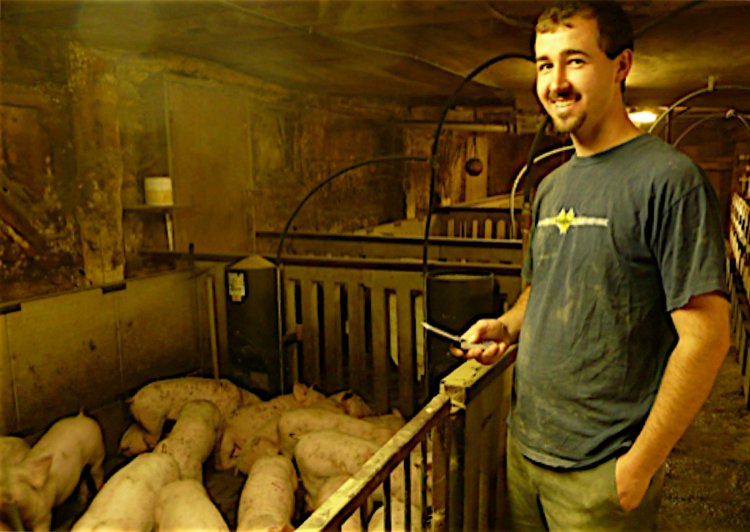The Ontario's Ministry of Agriculture, Food and Rural Affairs (OMAFRA) and the University of Guelph used Magpi to track mortality and morbidity rates of high-risk swine raising operations in rural Canada. These producers traditionally employed few biosecurity measures and did not rely heavily on veterinary and diagnostic laboratory services. These producers were also limited in their access to modern means of communication. Consequently, it was difficult to assess changes in morbidity and mortality and to promptly identify disease outbreaks when they occurred. This surveillance study was designed to access regular health information on these herds that previously existed in relative isolation from veterinary care and diagnostic services.
Farms enrolled in the surveillance study submit weekly mortality and morbidity data from all areas of their production system (including the breeding/gestation, farrowing, nursery, and grow/finish sections). Producers had the option of mailing in hard copies of the surveillance form or use Magpi to electronically send in the weekly data. The data from all farms was compiled in a central database and analyzed weekly for increases in morbidity and mortality. If a problem was identified, the farm’s local veterinarian was informed. Producers accessed veterinary services at a reduced cost, thus significantly increasing contact between the herd, veterinarians and producers.
The goal was to collect data on each farm for 12 months and have several meetings with the producers to present findings and discuss common health problems during the data collection period.
Mobile Data Collection Guide
How mobile data collection has become a viable and powerful option for many companies




